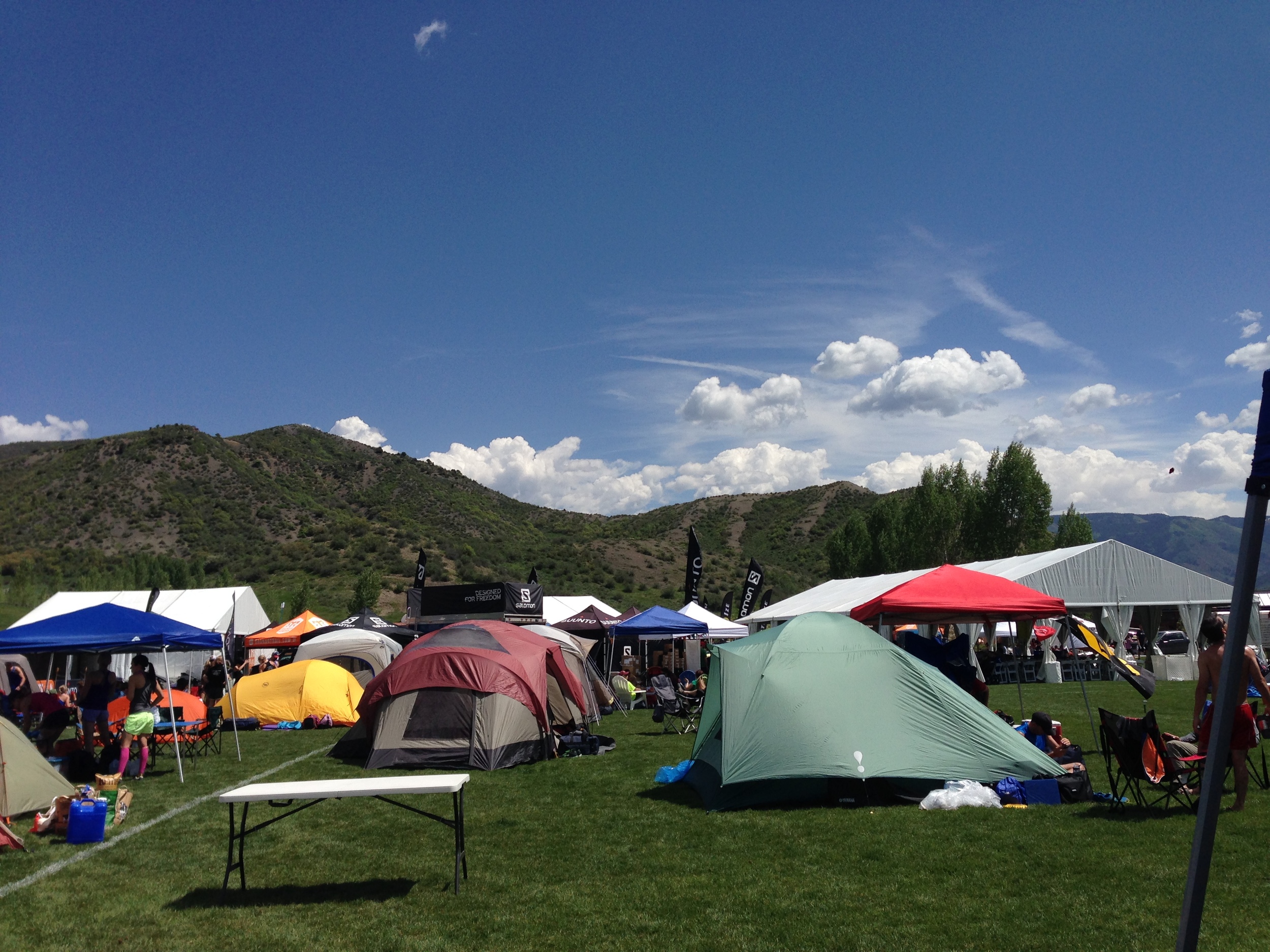You’ve heard us rave about running Ragnar Trail races and you’ve decided to captain a team? Congratulations, you are going to have a blast. We’ve compiled some tips to help you get ready.
Forming a team: If you don’t have seven running friends (or three if you are doing it as an ultra team) that are willing to join you on this adventure, there are other ways to find teammates. Each Ragnar Trail race has its own event page on Facebook. People looking to join a team and captains looking to complete their team can go to this page and post their request. Many teams are completed through this page. This year, REI is the official outdoor retail partner for the race series and they are hosting gear up events leading up to the races. This is a great opportunity to connect with runners looking to join a team, with the added benefit that they will most likely be local to your area, making it easier to plan race logistics.
Registration: Collect money from the team up front. You will have to pay for the teams registration fee when you register so be sure to collect right away. Also, once team members have paid they are more committed and less likely to drop from the race. Some captains will not send the official online invitation to teammates until they have paid their portion of the registration. You may need to set a firm deadline with teammates. Also pay attention to price increases to race registration, there is one to mark the end of early registration and one to mark the end of regular registration.
Training: These races are definitely fun but should be taken seriously so don’t forget to train. They are not easy courses, often times start at high elevation (for those of us not living at elevation), have difficult climbs with some challenging terrain. And don’t forget you will almost certainly run one of your loops at night. Aside from running, make sure you are doing some of that running on trails. If possible head out in the dark (in a group is recommended) to get used to running on trails at night and to test out your visibility gear. Whether that be a headlamp, flashlight or both. Most races have a preview run or two where someone familiar with the course (often times the Race Director) will lead a group run weeks prior to the event-take advantage if you are able to. The information for the preview run is usually posted on the events Facebook page.
Campsite Choice: Decide if you want to be close to the exchange. Which means shorter walks and being more in the mix of race, but typically louder than the further sites. Or if you want to be further away from the exchange which means a longer walk but more peace and quiet. The earlier you arrive to the race, the better chance you have of getting the site you want. For some of the races getting there early means Thursday. Check for information for your specific event in regards to the day and time you can arrive to set up your campsite.
Gear: We recommend a folding table. It’s great for setting up a camp kitchen, playing cards, housing a lantern at night so that you can find your campsite, all kinds of stuff. Take a lantern or some type of lighting for the campsite itself. If you have some unique system for lighting your campsite the easier it will be to identify your site in the middle of the night. Don’t forget camping chairs. And of course don’t forget the basics such as sleeping bag, tent, headlamp, cooler with ice, food, drinks. Also bring back up batteries for whatever may need them (lantern, flashlight, headlamp). Depending on which race you are doing, bring rain gear. Some events (Appalachians, Zion) have had notoriously stormy weather the last couple of years, although both races dates have moved this year to warmer months with less chance of storms (we hope). Wipes! Some race venues have showers accessible to runners but if yours doesn’t, be sure to bring wipes. They don’t replace a shower but do help refresh you after your run and keep the stink down to a tolerable level. Though remember everything you bring is something you will have to pack back up after running and little sleep. So don’t get carried away.
Pace File: Create a spreadsheet with runners in order and their general anticipated pace and print it out. It gives everyone an idea of when they will run. I recommend runners always write down on the sheet what time they actually finished running their loop. That way if someone wakes up in the middle of the night, and everyone is either asleep or out running they have some idea of what’s going on and when they will run next.
Miscellaneous: As a Captain make sure to delegate. Don’t do everything or bring everything yourself. Have someone bring the snacks, someone bring the drinks, someone bring the games. Also be sure to communicate with your team, often. Don’t assume they know something, make it clear so there are no assumptions made. Some common ways to disseminate information to teammates include group emails, group texts or a closed facebook group.
Fun: Don’t forget to have fun and enjoy the scenery. This is the time to “find your inner wild”.



